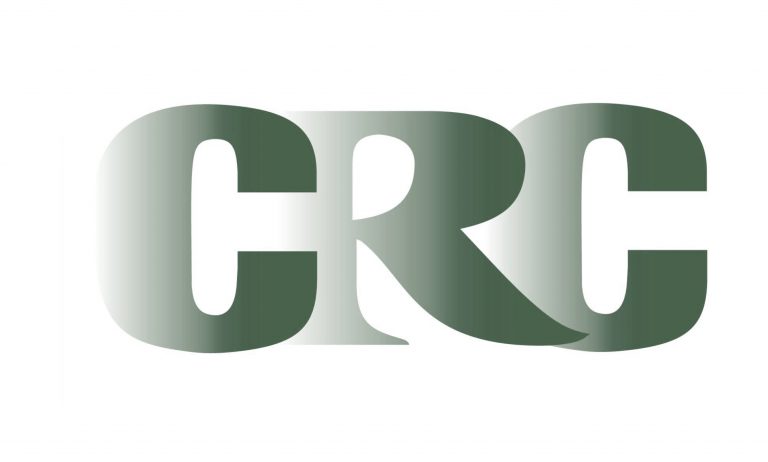When COVID-19 started spreading around the globe, people were urged to stay home to avoid getting sick. Many people switched to remote work, but others couldn’t do so. These workers included healthcare workers, manufacturing workers, retail workers and many others whose jobs had to be done in person. As a result, many workers got sick, and some filed workers’ compensation claims. More than two years later, it looks like COVID has changed workers’ compensation forever.
Work Comp Claims for Community-Spread Illnesses
In the past, it was difficult to file a workers’ compensation claim for flus, colds and other illnesses that spread throughout the community. Independent Agent published an article on whether workers’ compensation covered the flu in 2018 – well before COVID reared its ugly head. The takeaway was that no, it was unlikely that workers’ compensation would cover the flu. For an illness to be covered, it needs to be occupational and due to conditions that are peculiar to the job. Since you can get the flu anywhere, it’s hard to prove that you got it at work.
This has changed with COVID. As with the flu, you can get COVID anywhere. However, a worker who is careful about social isolation might argue that they must have contracted it at work.
More importantly, many states have passed laws to make it easier for workers to file claims for COVID. According to the National Conference of State Legislatures, at least 28 states have extended workers’ compensation coverage to include COVID-19 as a work-related illness, either through legislation or executive order, although some of these changes were temporary and may have already expired. Depending on the state, these presumptions may cover all workers, all essential workers or only first responders and healthcare workers.
The Current State of Workers’ Compensation Presumptions.
In states that have a presumption of coverage for COVID, a worker who contracts COVID may be assumed to have gotten it at work unless there is evidence to the contrary. Shifting the burden of proof in this way makes it much easier to file a successful workers’ compensation claim.
For example, California Senate Bill 1159 establishes a presumption for healthcare workers and first responders. It also covers employees whose employers have at least five employees if they test positive for COVID during an outbreak at their worksite.
The Impact on Workers’ Compensation Claims
The CDC says that there have been 88,056,795 reported cases of COVID. Since the pandemic started in 2020, a significant percentage of the U.S. population has become sick. Because many of these illnesses may be linked to work-based exposures, and because many states have made filing a workers’ compensation claim for COVID easier, it’s reasonable to expect a significant impact on the workers’ compensation system.
RAND Corporation conducted a study to assess the effect of Senate Bill 1159 and COVID-19 on California’s workers’ compensation system. Over an 18 month-period, 142,033 COVID workers’ compensation claims were filed. This accounted for 15% of all claims. However, COVID claims were more likely than other claims to be initially denied, possibly because they did not meet the requirements for the presumption.
A multi-bureau collaboration from the National Council on Compensation Insurance and other agencies looked at COVID’s impact in 45 jurisdictions. The report found that there were approximately 80,000 claims with a total of approximately $630 million in losses. The average cost of a COVID claim came to $7,800.
The Risk of Long COVID
COVID severity can vary significantly. Some people only experience mild symptoms or may have no symptoms at all, while others require hospitalization. The CDC says that 1,015,070 COVID deaths have been reported in the U.S. as of July 6, 2022.
Some survivors have also reported lingering symptoms after the initial infection, often called long COVID. HHS says that long COVID can be considered a disability under the Americans with Disabilities Act.
Long COVID may also impact the costs associated with workers’ compensation claims since workers may take longer to recover and may need more medical treatment. The Workers’ Compensation Insurance Rating Bureau of California (WCIRP) released a report on long COVID in the workers’ compensation system. The report found that claims increase significantly as infections become more severe. When looking at a four-month post-accurate care period, approximately 11% of workers with mild infections received medical treatment for long COVID, compared to 36% of workers with severe infections and 40% of workers with critical infections.
When Workers’ Families Get Sick
When workers contract COVID, they often spread it to the other people in their household. This has led to additional claims against the employer.
According to Risk & Insurance, an employee at a ConAgra meat-packing plant in Wisconsin is suing his employer over his wife’s death. The lawsuit alleges that the worker contracted COVID at work and then transmitted it to his wife, resulting in her death, and that the company’s failure to implement proper safety measures was to blame.
Reuters says that the California Supreme Court has agreed to look at a case that will determine whether employers can be held liable when workers spread COVID to their relatives. The case involves a woman who says she contracted COVID after her husband was exposed to at his job at Victory Woodworks Inc.
After the Pandemic
COVID is still spreading, and it may transition from pandemic to endemic, meaning that it will remain in the population, much like the flu or the common cold.
Many of the COVID presumptions have been fairly limited. Some have already expired, while others are set to expire in the coming years. Additionally, many of them apply only to COVID and not to other contagious diseases that employees may be exposed to at work. However, some presumptions extend to illnesses other than COVID, and some may be permanent.
The NCCI says that five states have proposed legislation to create presumptions that could extend beyond the pandemic. These proposals may refer to any infectious disease, any future qualifying pandemic or to COVID and similar diseases. In California, Massachusetts and Rhode Island, legislation is pending as of June 1, 2022.
Workers’ Compensation Rates
Some lines of insurance have seen large rate hikes in the last year. Despite the pressure from COVID, workers’ compensation rates have remained fairly stable. According to MarketScout, workers’ compensation rates were up just 1% in the first quarter of 2022. For comparison, all lines were up an average of 6%.
However, this could be about to change. According to Risk & Insurance, Gallagher is predicting that the workers’ compensation market may be hardening as employees return to the office. Other factors, including medical cost inflation and an aging workforce, may add pressure to the market.
COVID has resulted in new workers’ compensation risks. It’s also changed the way many people view workers’ compensation coverage for contagious diseases. Workers’ compensation costs may increase, so employers will need to find new strategies to keep their costs under control. A workers’ compensation premium audit can ensure that you’re not overpaying and help you recover funds. Learn more.


Recent Comments